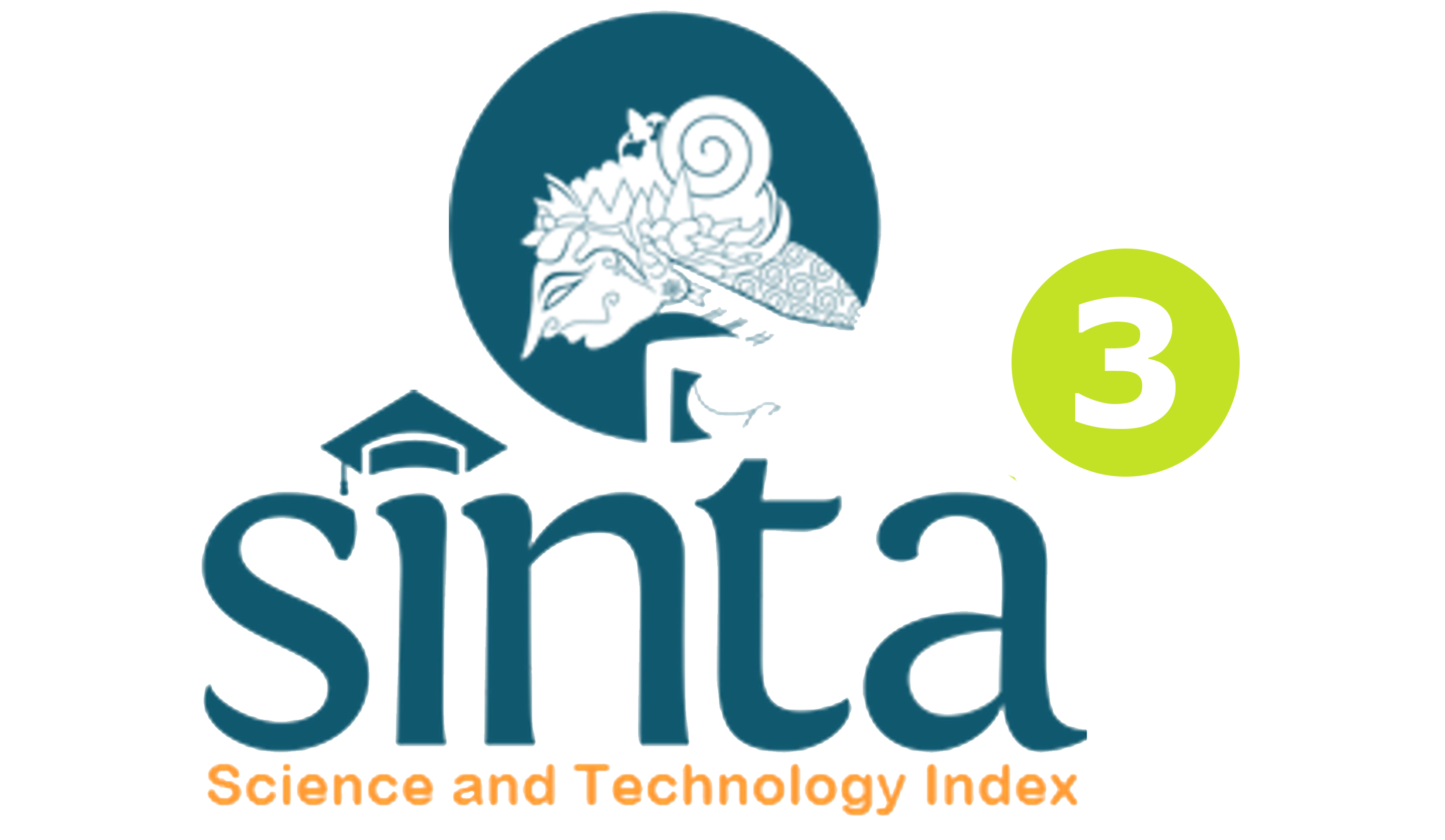PENERAPAN KONSELING BEHAVIORAL TEKNIK MODELING UNTUK MENINGKATKAN DISIPLIN DIRI SISWA KELAS X TGB 2 SMK NEGERI 3 SINGARAJA
DOI:
https://doi.org/10.23887/jibk.v2i1.3681Abstract
Tujuan penelitian ini adalah mengetahui penerapan konseling behavioral teknik modeling untuk meningkatkan disiplin diri siswa. Penelitian ini dilaksanakan di SMK Negeri 3 Singaraja dengan subjek penelitan 30 siswa, yaitu 18 siswa laki laki dan 12 siswa perempuan yang memiliki disiplin diri yang rendah. Penelitian ini merupakan penelitian tindakan bimbingan konseling. Metode pengumpulan data yang digunakan adalah kuesioner, observasi, dan analisis data. Penelitian ini dilaksanakan dalam dua siklus. Setiap siklus terdiri dari identifikasi, diagnosa, prognosa, konseling, evaluasi dan refleksi. Berdasarkan hasil analisis skor awal diperoleh 8 siswa yang memiliki disiplin diri rendah. Pencapaian peningkatan disiplin diri siswa pada siklus I terhadap 8 siswa. Peningkatan tersebut dapat dilihat dari hasil kuesioner dari persentase penyebaran awal yaitu 62% meningkat menjadi 78%. Rata-rata peningkatannya adalah 21%. Dari hasil tersebut, 4 siswa belum memenuhi kriteria ketuntasan 80% sehingga perlu melanjutkan konseling ke siklus II. Pada siklus II siswa yang sudah mengalami peningkatan disiplin diri diikut sertakan dalam siklus II yang bertujuan memberikan motivasi pada siswa yang masih memiliki disiplin diri yang rendah . Pada siklus II peningkatan disiplin diri siswa yaitu 78% menjadi 82 %. Rata-rata peningkatan siklus II 14% terhadap 8 siswa.Temuan ini menunjukkan bahwa penerapan teknik modeling dapat meningkatkan disiplin diri siswa.Kata Kunci : konseling behavioral, teknik modeling, disiplin diri
The study aimed to know the implementation of counseling behavioral model technique in improving self discipline of students. This study was done at SMK Negeri 3 Singaraja. The subject of this study was 30 students, 18 male and 12 female who had low self discipline. This study is an action counseling method. The data collections used were: questionnaire, observation and data analysis. This study was done in two cycles. Each cycle has identification, diagnosis, prognosis, counseling, evaluation, and reflection. Based on the data analysis the first score gathered is 8 students have low self discipline. In achieving the improvement of self discipline to the students at cycle I to 8 students. The improvement can be seen from the result of the questionnaire from percentage of first given that is 0, 62% increasing to be 0, 78%. The mean improvement is 0, 21%. From that result 4 students are not passing the standard achievement of 80%, so then it should continue to the counseling cycling II. At cycle II, students are already achieving the improvement of self discipline which has been joined in cycle II to give motivation to the students who have low self discipline. In cycle II the improvement of students’ self discipline is 0,78% to be 0,82% The mean improvement in cycle II is 0,14% to 8 students. These findings show that the implementation of counseling model technique can improve students’ self discipline.
keyword : behavioral counseling, Modeling technique, self discipline.
Published
Issue
Section
License
Jurnal Ilmiah Bimbingan Konseling Undiksha is an Open Access Journal. The authors who publish the manuscript in this journal agree to the following terms:
JIBK is licensed under a Creative Commons Attribution 4.0 International License. This permits anyone to copy, redistribute, remix, transmit and adapt the work provided the original work and source is appropriately cited.
This means:
Jurnal Ilmiah Bimbingan Konseling is licensed under a Creative Commons Attribution 4.0 International License.
(1) Under the CC-BY license, authors retain ownership of the copyright for their article, but authors grant others permission to use the content of publications in JIBK in whole or in part provided that the original work is properly cited. Users (redistributors) of JIBK are required to cite the original source, including the author's names, JIBK as the initial source of publication, year of publication, volume number, issue, and Digital Object Identifier (DOI); (2) The authors are the copyright owner of the article, and the author grants the JIBK held the first publication right.









.png)

.jpg)
